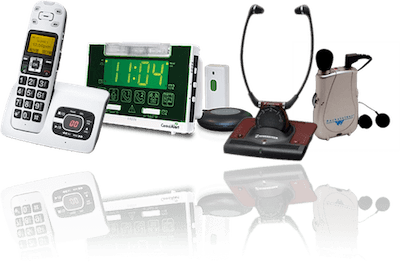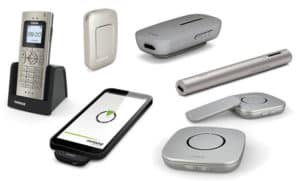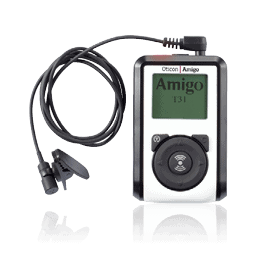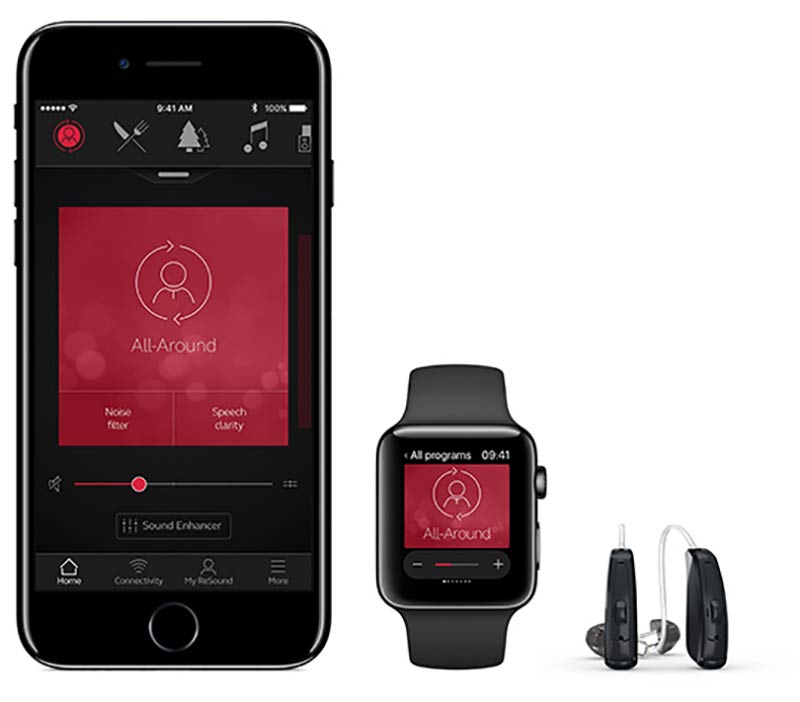Assistive Listening Devices
Although we love hearing aids here at Audiology Central, there are some situations where you may need an extra boost!
For instance, if you have a mild hearing loss, you can hear fine in one-on-one settings with hearing aids, but you might face more difficulties in a theatre or conference environment.
There are a wide variety of tailored devices to meet your needs to help in these kinds of situations. Such devices are known as Assistive Listening Devices (ALDs). ALDS do not offer the same benefits of treating hearing loss with hearing aids, but they do offer access to sounds you want to hear in challenging noise environments.

What is an assistive listening device?
ALDs work by bringing the sound into your ear and amplifying it. They also help by separating the sound from ambient background noise, enhancing your speech-to-noise ratio in noisy environments while not disrupting others in the vicinity. They often eliminate background noise and echo when sending the signal straight into your ear.
There are typically three components within each ALD: a microphone used to pick up sounds, transmission technology, and an amplifier that raises the volume and delivers it to your ear. As individuals with hearing loss appear to need 15-25 decibels more than the average individual to hear clearly, the amplifier is critical.
When should you get a hearing aid instead of an ALD?

Hearing aids, however, are devices developed for long-term use in situations involving face-to-face interaction. Although ALDs offer an immediate benefit, hearing aids can improve hearing ability over time. It might be time to get a hearing aid if you feel like you need assistance in more face-to-face scenarios, such as conversations in groups.
If you're looking for some more assistance in your hearing, don't hesitate to contact us for more information on the types of assistive listening devices we offer. We also offer comprehensive hearing health services, so if you find you are relying on ALDs more frequently, contact us to schedule a hearing test.
Assistive Listening Devices for Public Places
FM Systems
FM systems, most commonly used in educational institutions, utilize radio technology to deliver sound to the ears directly. The user will use a wearable receiver in a wireless device to directly hear the speaker. The speaker wears a microphone transmitter that serves as a direct line to the receiver's ear. Typically, the range is up to 150 feet, making it ideal for classroom environments where the teacher can walk around the classroom and doesn't have to be attached to a stationary microphone.
This technology has been on the market for a while, and although it is costly, FM systems are seen to be very useful for students during lessons. They are incredibly helpful during outside public events.

Induction Loop Systems
In airports, hospitals, and libraries across your region, you have probably seen a distinctive blue ear' logo, indicating that the place you are in supports induction loop systems. The loop system uses an electromagnetic field for the transmission of sound. This field is enclosed in an insulated cable that is usually wrapped around the physical space itself.
Loop systems are great because multiple people can work with the same loop system, and they do not have to wear receivers themselves. This makes them especially appropriate for public places where more users need to be served.

Assistive Listening Devices for the Home
Captioned Telephone

Bluetooth hearing aids

